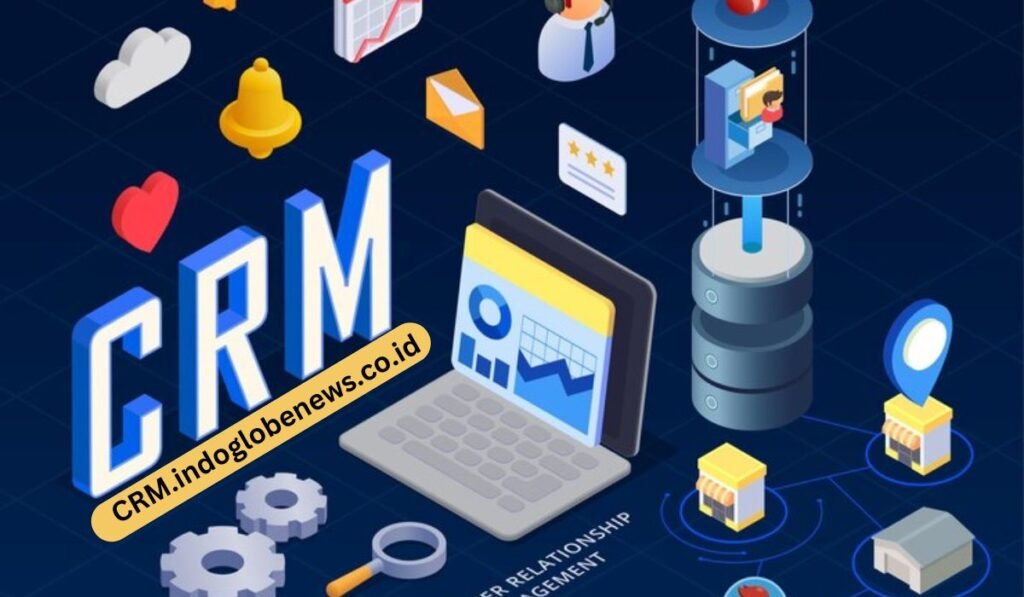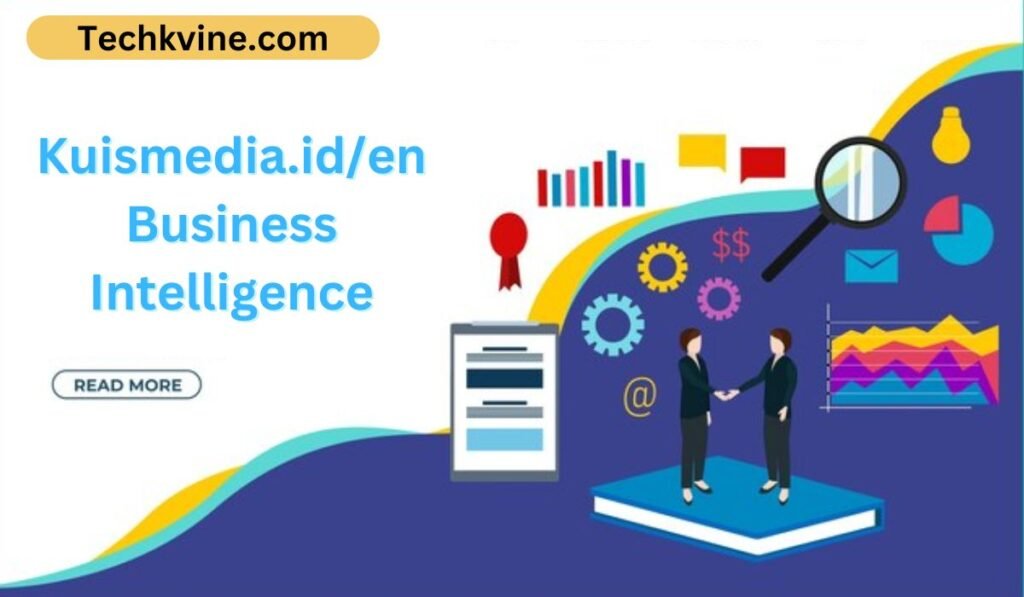
In today’s fast-paced business world, keeping clients engaged and satisfied is essential for long-term growth. One of the most effective ways to ensure this is by actively monitoring and responding to the “client pulse.” This article explores the concept of the “Get Ready Bell,” a proactive client pulse strategy that organizations can implement to elevate client satisfaction, improve retention, and ultimately, drive success. Below, we dive into everything you need to know about the “Get_ready_bell:client_pulse” and how it can be a game-changer for your business.
Understanding Get_ready_bell:client_pulse
The term client pulse refers to the ongoing feedback loop between a business and its clients. It’s the process of regularly gathering insights on clients’ perceptions, satisfaction levels, needs, and potential issues before they become significant. This allows businesses to address concerns proactively, identify growth opportunities, and make data-driven decisions to meet clients’ expectations.
Effective client pulse management is essential for building long-term client relationships and reducing churn. However, maintaining this pulse requires more than just an annual survey. A structured approach like the Get_ready_bell:client_pulse provide continuous insights, enabling businesses to stay one step ahead.
The Get_ready_bell:client_pulse Strategy to Drive Success: A Proactive Client Pulse Framework
The Get Ready Bell is a comprehensive framework designed to keep organizations in tune with their clients’ needs in real time. This approach focuses on systematically monitoring client satisfaction, detecting early warning signs, and quickly addressing any potential issues.
Core Components of the Get Ready Bell
To effectively implement the Get_ready_bell:client_pulse strategy, businesses must focus on four critical components:
- Regular Communication: Continuous and open communication with clients is the foundation of the Get Ready Bell. Regular check-ins, feedback requests, and updates ensure clients feel valued and heard.
- Client Data Analysis: Gathering client data through surveys, usage metrics, and other means enables businesses to track trends in satisfaction and engagement. Analyzing this data allows for identifying potential areas of concern.
- Early Warning System: By using data from regular communication and analysis, the Get Ready Bell acts as an early warning system to highlight declining satisfaction or changes in client behavior. This system helps businesses identify and address issues before they escalate.
- Responsive Action Plans: A key element of the Get Ready Bell is being prepared to take prompt action when an issue is detected. These action plans are tailored to the specific needs of each client, ensuring swift resolution and improved satisfaction.
Why the Get Ready Bell Matters in Client Retention
Proactive Problem Resolution
One of the primary advantages of the Get Ready Bell framework is its ability to solve issues proactively. Instead of waiting for clients to reach out with complaints, businesses can detect and resolve issues before clients even notice them. This proactive approach leads to higher client satisfaction and loyalty, which are critical in competitive markets.
Enhanced Client Relationships
Consistent engagement shows clients that you value their feedback and care about their success. The Get Ready Bell allows companies to nurture relationships and foster trust. When clients feel understood and appreciated, they’re more likely to remain loyal and recommend your business to others.
Improved Client Retention Rates
A structured client pulse system like the Get Ready Bell directly impacts retention rates by identifying and addressing client concerns early on. Research shows that improving client retention by just 5% can increase profits by 25% to 95%, making this a high-value strategy for long-term growth.
Informed Decision Making
The insights gained through the Get Ready Bell process empower companies to make data-driven decisions. By analyzing client feedback and identifying trends, businesses can make strategic improvements that align with clients’ evolving needs, ensuring they remain competitive and relevant.
Implementing the Get_ready_bell:client_pulse: Step-by-Step Guide
To integrate the Get Ready Bell framework successfully, businesses need a clear plan and commitment to the process. Here’s a step-by-step guide for effective implementation.
Step 1: Set Clear Objectives and KPIs
Determine what you want to achieve with the Get Ready Bell framework. Define objectives such as improving client satisfaction scores, reducing churn rate, or increasing engagement levels. Identify key performance indicators (KPIs) to track progress and measure the effectiveness of the strategy.
Step 2: Develop a Communication Schedule
Consistency is essential in client pulse management. Set a regular schedule for checking in with clients. This could involve monthly or quarterly surveys, bi-weekly calls, or personalized emails to gather insights and maintain engagement.
Step 3: Utilize Technology for Data Collection
Use tools like CRM systems, survey platforms, and analytics software to gather data on client satisfaction, product usage, and other relevant metrics. Technology can streamline the data collection process, making it easier to monitor client pulse effectively.
Step 4: Analyze Data and Identify Patterns
Once data is collected, analyze it to spot trends and patterns. Identify clients with declining engagement, satisfaction drops, or unusual activity. This analysis allows you to flag potential issues early.
Step 5: Establish an Early Warning System
Set up triggers and alerts for specific KPIs to create an early warning system. For instance, if a client’s engagement level drops significantly or they submit negative feedback, an alert is sent to the account manager for immediate follow-up.
Step 6: Create and Execute Responsive Action Plans
Develop action plans tailored to each client, with strategies to address specific issues. For example, if a client expresses dissatisfaction with customer support response times, prioritize follow-up calls and offer dedicated support resources.
Step 7: Review and Optimize Regularly
Regularly review the effectiveness of the Get Ready Bell strategy and make adjustments based on feedback and results. Continuous improvement ensures the strategy remains effective and aligns with evolving client expectations.
Measuring the Impact of the Get Ready Bell Strategy
Tracking the effectiveness of the Get Ready Bell framework is essential for continuous improvement. Here are some metrics to consider:
- Client Satisfaction Score (CSAT): This metric measures clients’ overall satisfaction with your products or services. An increase in CSAT scores after implementing the Get Ready Bell strategy indicates its positive impact.
- Net Promoter Score (NPS): NPS measures clients’ likelihood to recommend your business to others. A higher NPS reflects improved loyalty and satisfaction.
- Client Retention Rate: This metric tracks the percentage of clients retained over a specific period. An improved retention rate is a strong indicator that the Get Ready Bell is effectively meeting clients’ needs.
- Churn Rate: Monitoring churn rate alongside the Get Ready Bell can show how early issue detection and proactive problem-solving affect client retention.
Case Studies: Real-World Success with the Get Ready Bell
Many companies across various industries have successfully implemented the Get Ready Bell framework. For example:
- Tech Company A experienced a 20% improvement in client satisfaction scores by using the Get Ready Bell to address software usability issues proactively.
- Service Company B reduced client churn by 30% through regular check-ins and tailored action plans for at-risk clients.
- E-commerce Brand C increased its NPS by 15 points by actively listening to client feedback and implementing personalized solutions.
These examples illustrate how the Get Ready Bell framework can lead to measurable success when applied effectively.
Conclusion:
In today’s competitive business landscape, a proactive approach to client satisfaction is vital. The Get_ready_bell:client_pulse framework provides companies with a powerful tool to stay connected with clients, address concerns early, and build strong, lasting relationships. By integrating the Get Ready Bell strategy, businesses can increase retention, improve satisfaction, and position themselves as client-focused leaders in their industry.
Also Read More:
Understanding CRM.indoglobenews.co.id and Its Relevance in Modern Businesses

